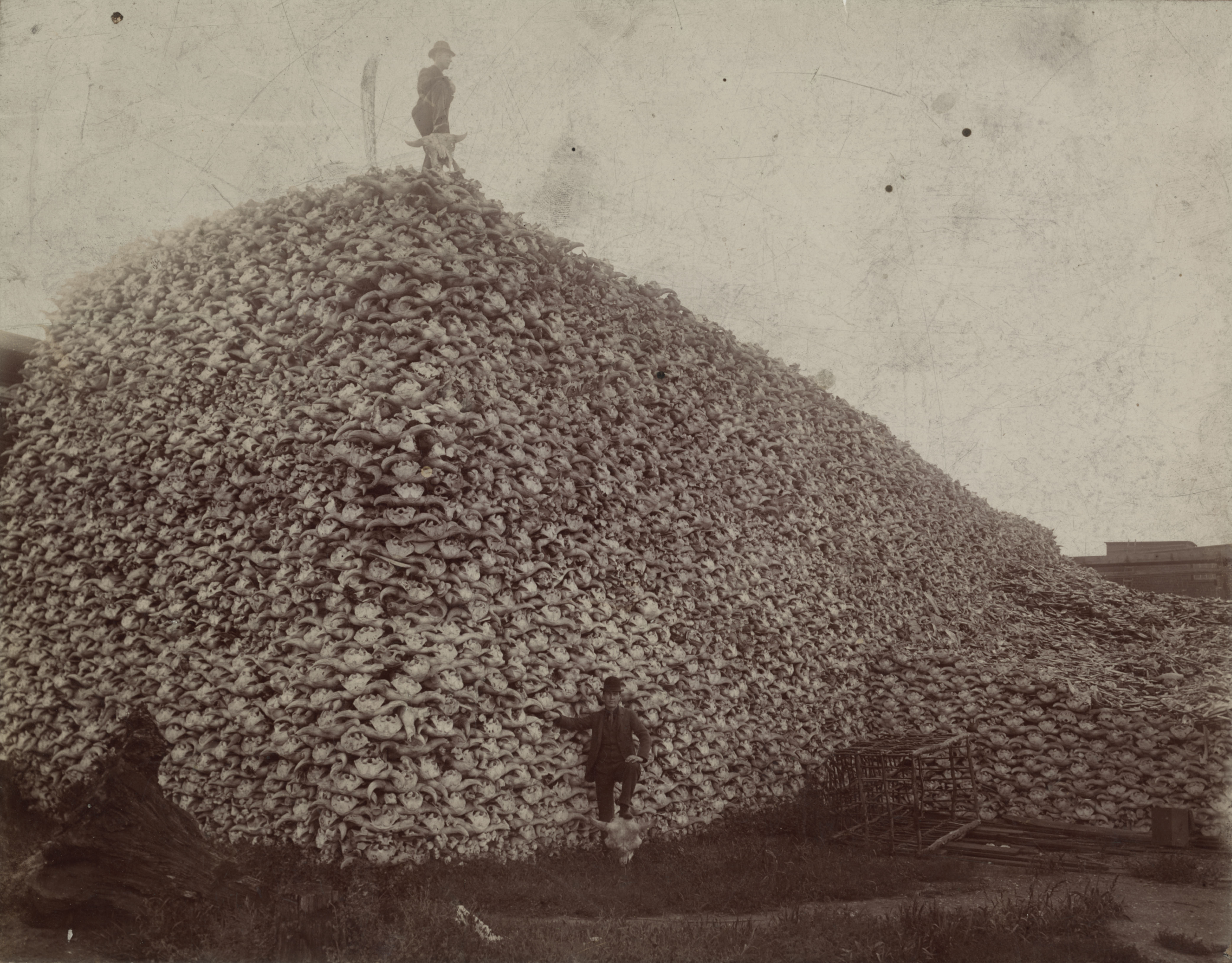The largest mammal in North America is also one of its longest-standing residents. Its ancestors arrived on the continent hundreds of thousands of years ago, and their descendants have lived there ever since – that is, until humans nearly caused them to disappear entirely. The iconic animals we were so close to driving extinct? Bison.
The rest of this article is behind a paywall. Please sign in or subscribe to access the full content.
Yep, the very same bison that are today the national mammal of the USA. These impressive creatures can weigh between 500 and 900 kilograms (1,102-1,984 pounds), and yet despite their heft, can also reach speeds of 55 kilometers (34 miles) per hour, and jump over 1.5-meter (4.9-foot) tall objects. They might look friend-shaped to the untrained eye, but they’re a force to be reckoned with (and a good reason to make sure your car insurance covers animal-related incidents).
For some, bison are also considered sacred. Over thousands of years, Indigenous peoples of North America lived alongside bison, with the animals becoming a fundamental part of their lives as a supply of food, clothing, and tools, but also playing a role in rituals and ceremonies.
Then came the westward expansion of the 19th century. As European settlers made their way across the continent, and in particular the USA, bison were hunted down to make way for land and railroads. In the late 1800s, the US army also began a campaign to slaughter bison, recognizing the relationship between the animals and Native Americans, and seeing it as an opportunity to control tribes.

This harrowing image from 1892 shows a pile of bison skulls waiting to be processed at a factory in Detroit, where they would become components of things like glue, fertilizers, or bone char.
As well as having long-lasting consequences for Native Americans to this day, the bison population of North America was decimated. Before the mid-1800s, it’s estimated that there were between 30 to 60 million bison across the continent; after what became known as “the Great Slaughter”, there were fewer than 1,000.
Thankfully, there were people who moved to stop bison from disappearing entirely. “Had it not been for a few private individuals working with Tribes, states and the Department of the Interior, the bison would be extinct today,” the US Department of the Interior explains.
The result of these conservation efforts, which continue to this day, is that there are now around 31,000 wild bison in the US and Canada, as well as roughly 360,000 owned as domestic livestock.
The largest proportion of those living wild can be found in Yellowstone National Park, the only place in the US where bison have lived continuously since prehistoric times. Despite the population having been knocked down to just 24 in 1902, it now numbers over 4,500, with some recent years having even reached nearly 6,000.
And a good thing too – the world is a much more joyous place being able to witness bison goofily rolling about in the dirt.
Source Link: North America's Largest Mammal Once Numbered 60 Million – Then Humans Nearly Drove It To Extinction